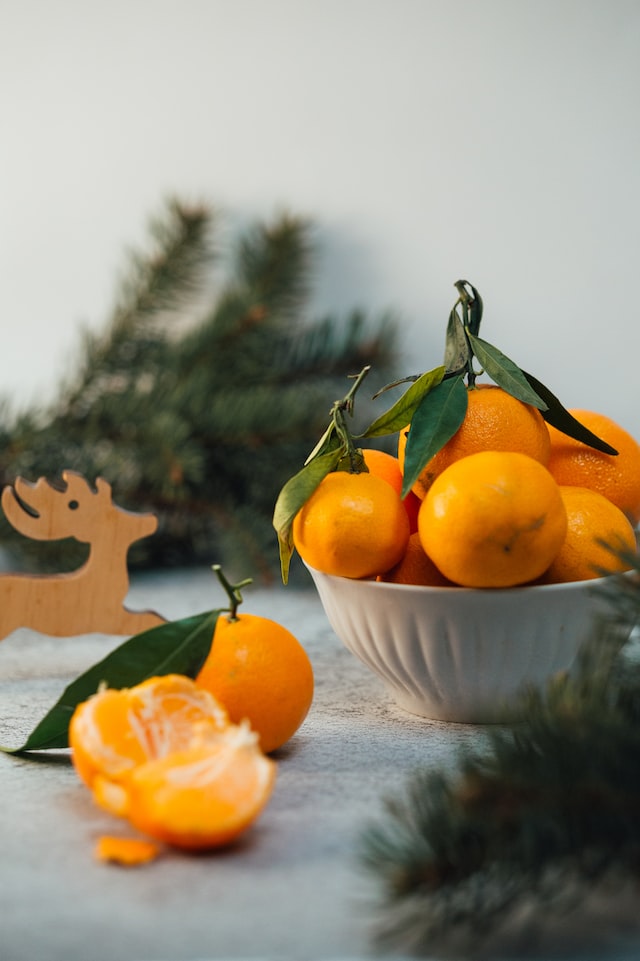It’s once again my favorite time of year—the excitement and prep for Christmas is in full-swing, with most of us bustling about like ants. People are shopping, drinking, or eating if they have a say in the matter. Many are doing all three at once. My personal favorite among the places to be this season: Old Town Orange; although there rarely is a time of year when it’s not among my favorites. It holds a special place thanks to its Mayberry-esque vibe. It’s an unapologetic throwback to times when people said “Merry Christmas” instead of “Happy Holidays”, a sentiment that is evidenced by the annual tree-lighting ceremony. You can’t get any more non-secular than this; there’s even a traditional church-hall revival feel, plus all of the accompaniments. It’s not all like that though—apart from the Christmas salutations and whatnot, you also have the ubiquitous relaxing afternoon filled with seeking out knickknacks, as well as stocking stuffing intended for all your special people. And by special people, I mean yourself too, because gifting yourself nice things during such times can take you a long way in today’s world.
While going through the corners and stalls of the numerous antique malls, it’s possible you’ll come across something from the past that’s a fitting addition to the Yuletide spirit, and also something which would plant a grimace on the face of Ebenezer Scrooge—the Great American Christmas Orange. This marvel comes in many shapes and sizes, although it’s usually found as an ornament. Other times it can even be an old photo or print. This “Yankee Doodle Dandy” phenomenon boasts its own chapter in local history, and that bit can be traced back to an era when traveling rapidly between the coasts was still a dream. This seemingly subjective tradition definitely had a starting point, before it was made into a widely accepted manifestation of holiday mirth.
The story has two parts, the first of which has its roots in the deep-set traditions which first created the season’s modern version. This assumes, of course, that you don’t agree with the notion that says the Romans stole a pagan holiday to make it easier to achieve their own ends. No one really believes that, right? However, both narratives are based on the most heartfelt of all Christmas settings, which happens to be poverty.
Anyways…
What you need to remember is that St. Nick, or Sinterklass, is the patron saint mainly of gift giving and not much else. According to the story, he once visited an impoverished family and gave them gold so that their daughters wouldn’t need to be sold into sex slavery in order for the family to stay afloat. Based on the version of events that you choose to go by, he gave either gold balls or nuggets, dropping them into the stockings which were hanging by the fire that night, and THAT is what launched the tradition we all ascribe to. The family found the gold the next morning, and their gratefulness triggered a separate citrus-based tradition as well.
You might wonder how the two far-flung worlds collided. The truth is that while the Great Depression was on and it was hard to find food or money, people would gift exotic fruit as a symbol of the holiday spirit, because this was all they could afford to do at the time. In the Arctic regions of the American interior, it was a real treat to get a fresh orange that came all the way from Florida or California, and one that reminded of a dreamy and more prosperous world which existed outside your own—a glimmer of hope in many ways.
Even afterwards, when early air travel had become an option, visitors who showed up around Christmastime would show off by bringing in citrus hailing from the hotter regions of the country, likely as a passive-aggressive middle finger lightly shrouded in the season’s spirit. Or maybe this was them being genuinely nice. This was something that went on well into the ‘60s; Christmas oranges were the artsy reminder of an old-world aesthetic which dated back to when we weren’t yet here. This explains the Great American Citrus Ornament.
This season, make sure you remember to bow to the spirit of gratitude and community, which as it happens are two things often misaligned with our current conditions. This small bit of history can take you back to an era where something that’s common now was hard to find or acquire, and often served as a beacon of hope and even sustenance.
